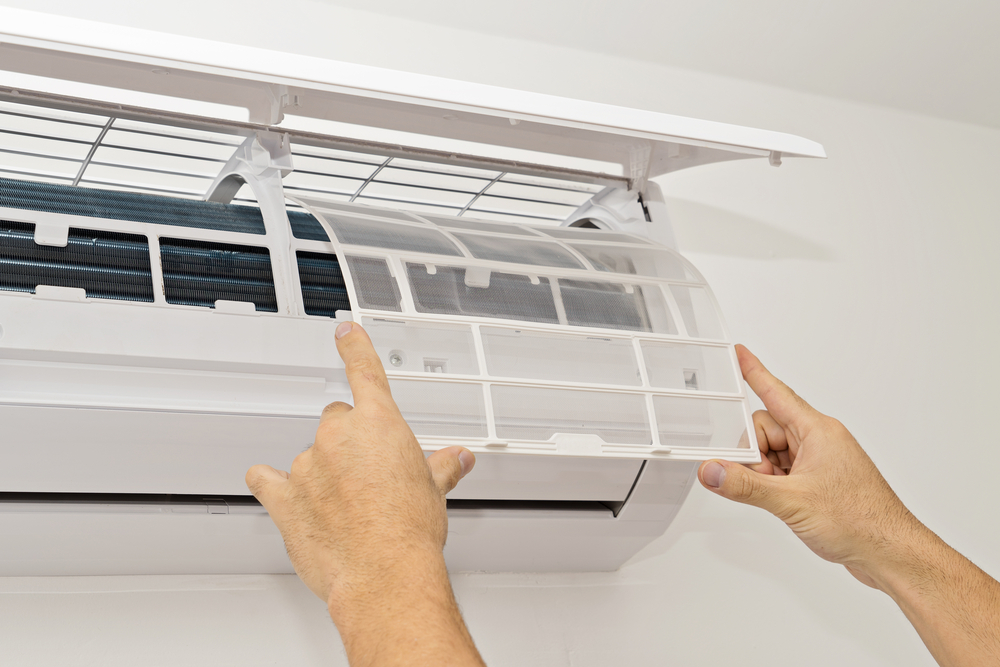HVAC Maintenance Tips and Seasonal Service Costs
Regular HVAC maintenance can help improve efficiency and prevent costly breakdowns. Seasonal service costs depend on system size, condition, and frequency of tune-ups. Understanding these details helps maintain reliable heating and cooling year-round.

Maintaining your HVAC system requires consistent attention throughout the year, with specific tasks aligned to seasonal changes. Australian climate variations demand strategic approaches to heating and cooling maintenance, ensuring systems operate efficiently during peak usage periods. Professional servicing combined with homeowner maintenance creates an optimal balance between cost-effectiveness and system reliability.
Seasonal HVAC Inspection Tips
Seasonal inspections form the foundation of effective HVAC maintenance. Spring inspections should focus on air conditioning preparation, including cleaning outdoor units, checking refrigerant levels, and testing cooling capacity before summer heat arrives. Filter replacement, ductwork inspection, and thermostat calibration ensure optimal performance during high-demand periods.
Autumn inspections prioritise heating system preparation. Gas connections require professional verification, while heat exchangers need thorough cleaning and inspection. Electrical connections, blower motors, and safety controls must be tested to prevent winter breakdowns. Chimney and flue inspections for gas systems ensure safe operation throughout colder months.
Winter maintenance involves monitoring system performance and addressing minor issues before they escalate. Regular filter changes become crucial during heavy usage periods, while outdoor unit protection from debris and ice formation prevents damage. Summer preparation includes comprehensive system cleaning, refrigerant level checks, and outdoor unit maintenance.
Typical Service and Maintenance Costs
HVAC maintenance costs vary significantly based on system type, age, and service requirements. Basic annual maintenance typically ranges from $150 to $300 for standard residential systems, while comprehensive service packages can cost between $400 to $800 annually. Emergency repairs often cost substantially more than preventive maintenance, making regular servicing financially advantageous.
Professional inspections generally cost between $100 to $200 per visit, depending on system complexity and regional pricing variations. Filter replacements range from $20 to $80 per filter, while ductwork cleaning services typically cost between $300 to $600 for average-sized homes. Refrigerant top-ups can cost between $200 to $500, depending on system requirements and refrigerant type.
| Service Type | Provider | Cost Estimation |
|---|---|---|
| Annual Maintenance | Daikin Service | $250 - $400 |
| Comprehensive Service | Mitsubishi Electric | $350 - $550 |
| Emergency Repairs | ActronAir | $180 - $350 per hour |
| Ductwork Cleaning | Panasonic Service | $400 - $700 |
| Filter Replacement | Fujitsu General | $25 - $90 per filter |
Prices, rates, or cost estimates mentioned in this article are based on the latest available information but may change over time. Independent research is advised before making financial decisions.
Improving HVAC Lifespan and Efficiency
System longevity depends heavily on consistent maintenance practices and operational habits. Regular filter changes, typically every 1-3 months depending on usage and environmental factors, significantly impact system efficiency and component wear. High-quality filters may cost more initially but often provide better protection and longer service intervals.
Thermostat programming optimises energy consumption while reducing system strain. Setting temperatures 2-3 degrees higher in summer and lower in winter can substantially reduce operating costs without compromising comfort. Smart thermostats offer advanced scheduling and remote control capabilities, further enhancing efficiency.
Ductwork maintenance prevents energy loss and improves air quality. Sealing duct leaks, insulating exposed ductwork, and regular cleaning maintain optimal airflow and system efficiency. Professional duct inspections every 3-5 years identify potential issues before they impact system performance.
Outdoor unit maintenance includes keeping surrounding areas clear of debris, vegetation, and obstructions. Regular coil cleaning, typically annually, maintains heat transfer efficiency and prevents premature component failure. Professional coil cleaning services ensure thorough cleaning without damaging delicate components.
Regular maintenance schedules, professional annual inspections, and prompt attention to minor issues create the foundation for extended system life and optimal efficiency. Quality maintenance practices typically extend HVAC system lifespan from 10-15 years to 15-25 years, while maintaining peak performance throughout the system’s operational life.
Proactive maintenance approaches cost significantly less than reactive repairs, making consistent care both financially and practically beneficial. Understanding seasonal requirements, realistic cost expectations, and efficiency improvement strategies empowers homeowners to make informed decisions about their HVAC systems while maximising comfort and minimising long-term expenses.




